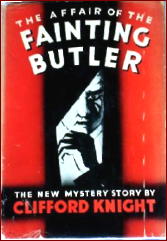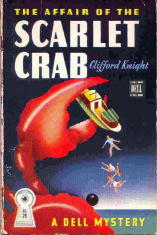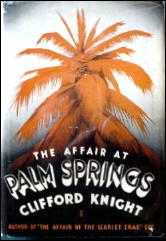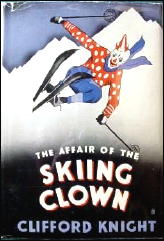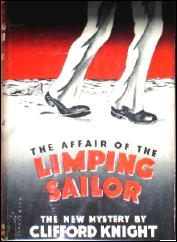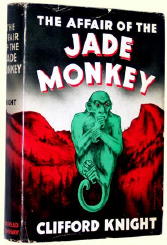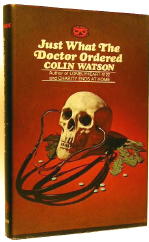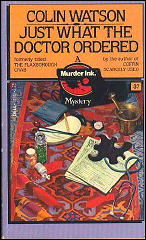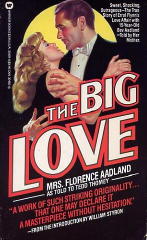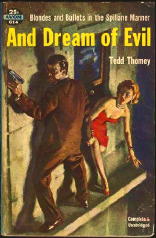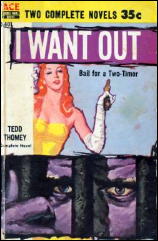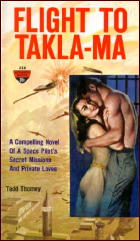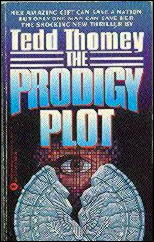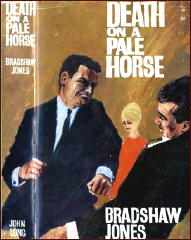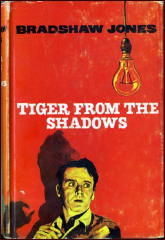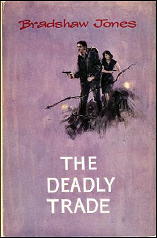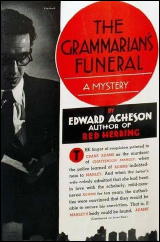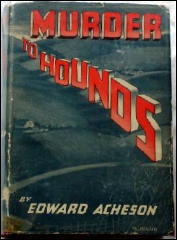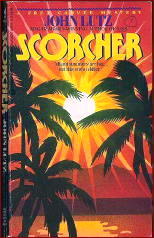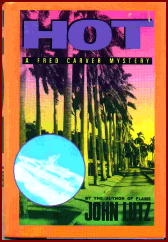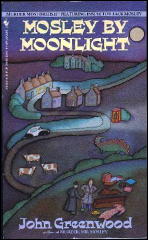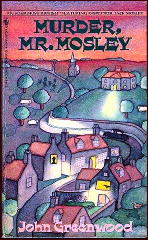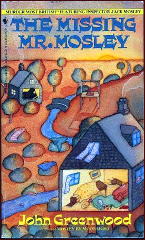Fri 19 Jun 2009
Movie Review: SWAMP WATER (1941).
Posted by Steve under Crime Fiction IV , Films: Drama/Romance , Reviews[17] Comments
SWAMP WATER. 20th Century-Fox, 1941. Walter Brennan, Walter Huston, Anne Baxter, Dana Andrews, Virginia Gilmore, John Carradine, Mary Howard, Eugene Pallette, Ward Bond, Guinn Williams. Based on the novel by Vereen Bell. Director: Jean Renoir.

From what I’ve learned recently that I didn’t know about director Jean Renoir before I sat down to write up some thoughts about this movie, his first American film, Orson Welles considered him the greatest director of all time, and he was voted the 12th-greatest director of all time in a poll conducted by Entertainment Weekly magazine.
I think I could easily go along with Orson Welles. Even though the critics don’t seem to have thought too highly of Swamp Water, the general public did, and it was one of Fox’s highest grossing films of 1941. I agree. The general public was right this time.
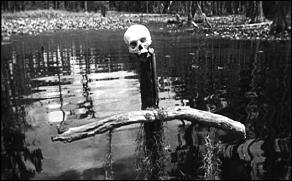
There is a lot to like in this film, even though it doesn’t seem to be regarded even now as one of Renoir’s best, and while I haven’t done so yet, I think that it will bear one or more viewings by me, very easily.
That the atmosphere of a small Georgian community on the edge of the huge Okefenokee Swamp is portrayed in a highly realistic fashion almost goes without saying — or maybe it doesn’t, so I will.
It’s not clear how someone having come to this country straight from Europe could have visualized and reproduced life in a small Southern town so well that it feels like everyone in the movie had lived there all their life — but that’s the feeling I received, only slightly cliched in (unfortunately) standard Hollywood fashion.
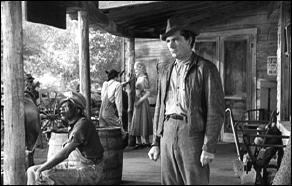
Of course it helps that a good portion of the movie was filmed on location. The only serious omission, I think, is that I do not remember seeing any blacks in the film, only whites, and yet even so, the idea that not all men were created equal in the US in the 1940s still manages to make itself felt, if even only subtly.
And it is a crime film, although when it comes to movies, as you will have seen on this blog, I’ve been insisting on that less and less as time has gone on. You could even call it “swamp noir.” The mood is dark enough at times, as life seems to go wrong at every turn for trapper Ben Ragan (Dana Andrews) after he stumbles across fugitive from justice Tom Keefer (Walter Brennan) hiding in the swamp while hunting for his lost dog Trouble.
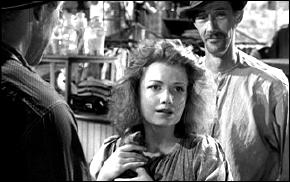
Agreeing not to turn Keefer in, Ben returns home and tries to keep Keefer’s secret from everyone but the latter’s daughter, the wild-haired Julie (Anne Baxter), who’s treated as little more than a scullery maid by the family who has taken her in, but with little success, no thanks to his jealous girl friend Mabel MacKenzie (Virginia Gilmore), blonde and far more perfectly coiffed.
Ben is also on the outs with his father Thursday (Walter Huston), who second marriage to Miss Hannah (Mary Howard) is beginning to falter, thanks to the attention being paid to her when Thursday is gone by the pathetic and largely contemptible Jesse Wick (John Carradine).

There’s a lot more to the story, with all of the pieces dovetailing nicely, and all of the players fitting their parts to a T, especially (and this came as a surprise to me) Walter Brennan, whom I usually think of as overacting greatly, but not in this role. As a speaker of soliloquies to the stars and to nature in general, his presence on the screen I found to be as mesmerizing as any I can recall in quite a while.
Not that he was on screen a high percentage of the time. The honor in that regard goes to Dana Andrews, whose Southern accent was the most pronounced, but which started to sound more and more natural as the movie went on. As did the movie itself.
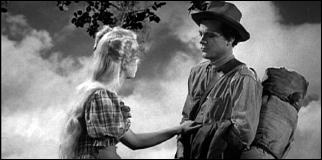
Flawed by more of a sentimental ending than I expected, perhaps, and also because (and this is another perhaps) Renoir had the movie selected for him rather than the other way around, this is a movie that I enjoyed immensely. If you have a chance to see it, given that you’ve read this review all the way here to the end, I recommend it to you highly.
[UPDATE] 6-20-09. First an email note from Bill Crider, who says, “You know my fondness for this kind of book means that I own a copy.” And here it is, or the cover, at least, thanks to Bill:
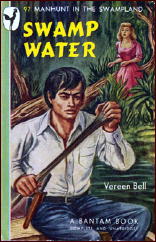
Bantam 97, June 1947. (Originally Little Brown, hardcover, 1941.)
Then another note, this one from Al Hubin, who agrees that the book belongs in the Revised Crime Fiction IV, not previously incuded. He also points out the existence of the second filmed version, Lure of the Wilderness, 1952, with Jean Peters and Jeffrey Hunter, and directed by Jean Negulesco.

